CRJ Designer Homes is a locally owned, family operated building company. Since being established in 2006, Michael and his wife Gillian have made it their goal to build quality homes at exceptional prices, with inclusions that most would consider as an extra!
6 Things to keep in mind when designing your kitchen
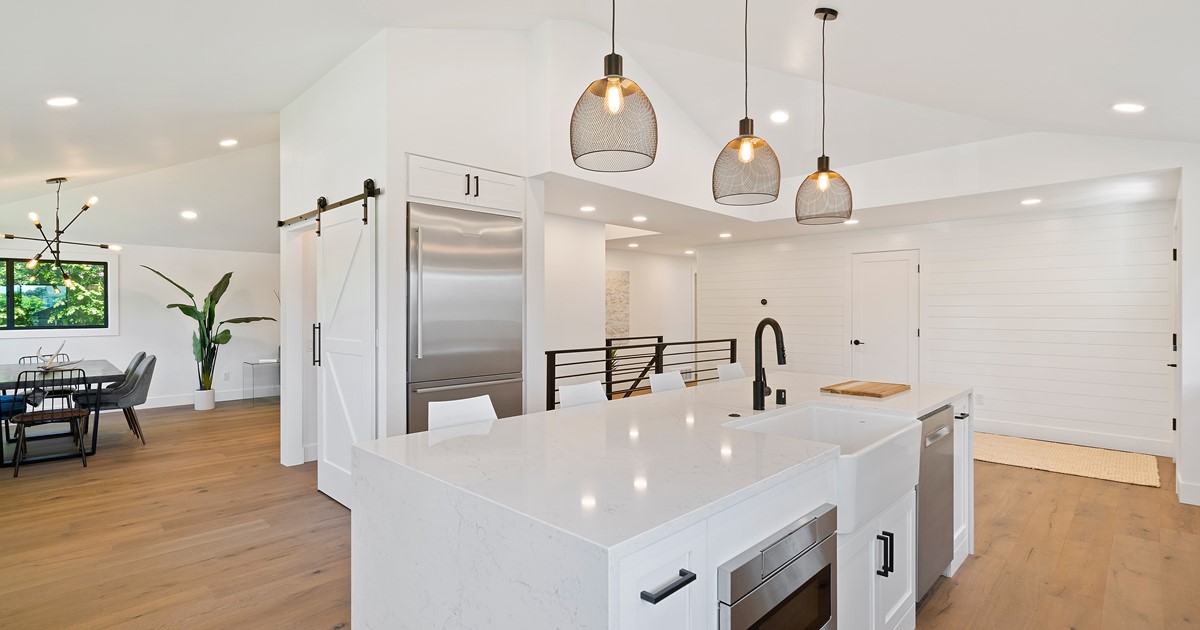
The kitchen is the heart of the home - a central hub where people gather to prepare food, eat and chat. Therefore, it’s important that it is as functional and practical as it is beautiful. So while you're thinking about your house design, the below tips will help you come up with a functional and stunning kitchen. Remember that your experienced Bundaberg builder can help you if you get stuck and are in need of some extra inspiration or would like a second option on how well the design will work.
When designing your kitchen, for your new house, here are the top things to consider:
1. Layout
There are many different layouts which you can incorporate into a kitchen, the most common of which being:
Galley
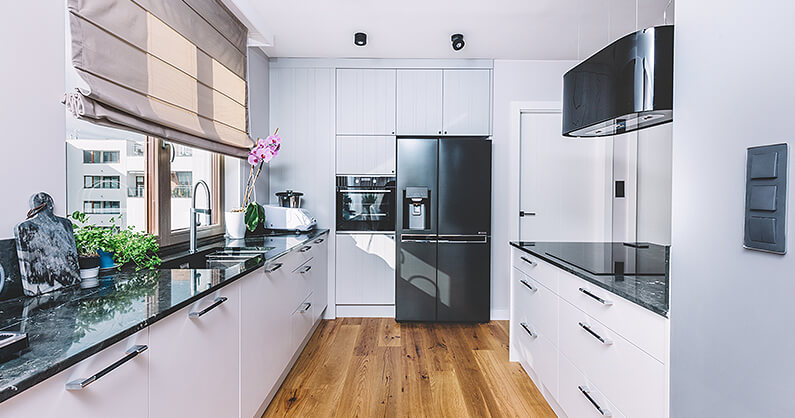
Named after the galley (cooking area) on a ship, many industrial and restaurant kitchens use this configuration. Designed like a corridor, the cabinetry and appliances are lined up parallel against each wall.
Wall
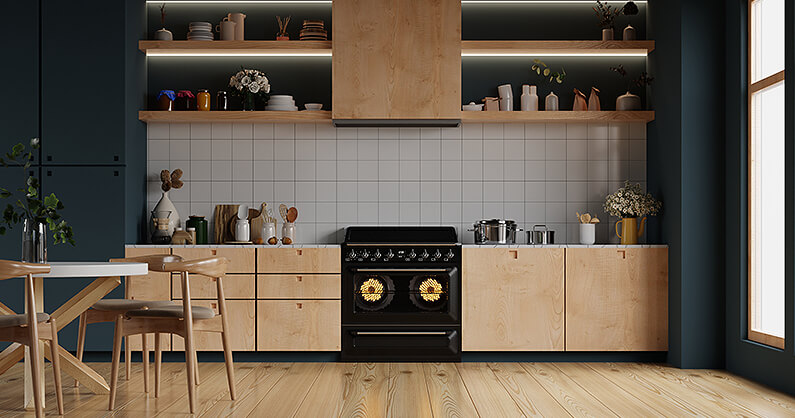
Perfect for small spaces and open-plan living, the kitchen is along one wall, making great use of restricted spaces.
G-shape
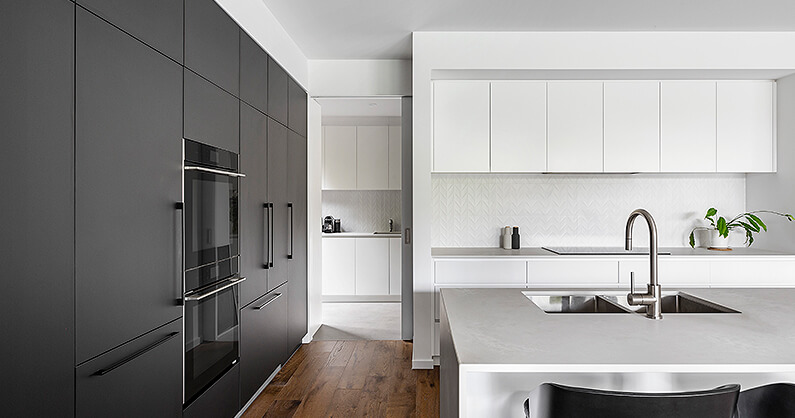
A popular design when the kitchen is a separate room, the cabinetry and appliances wrap around the walls in the shape of a G.
U-shape
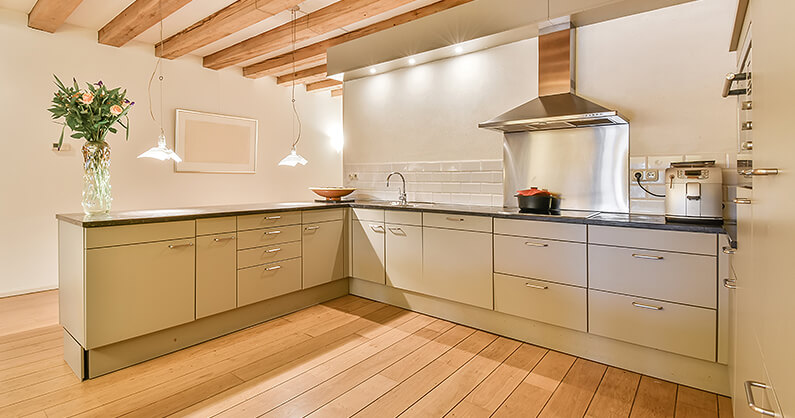
This is a very common kitchen design, which is better suited to a single cook household.
L-shape
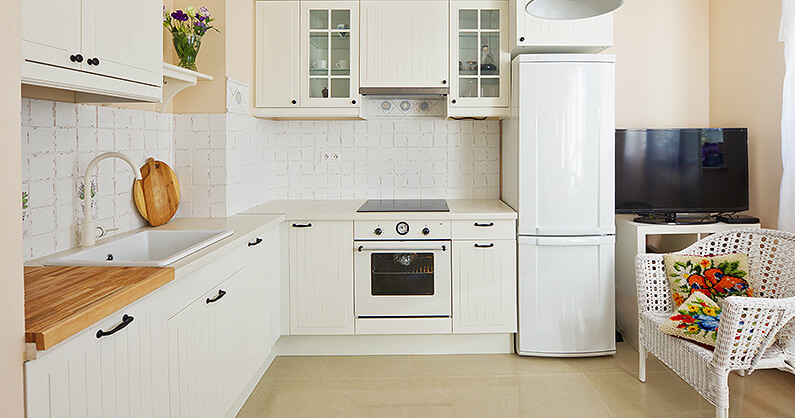
This is an excellent design for open-plan living and complements the use of an island bench.
Island
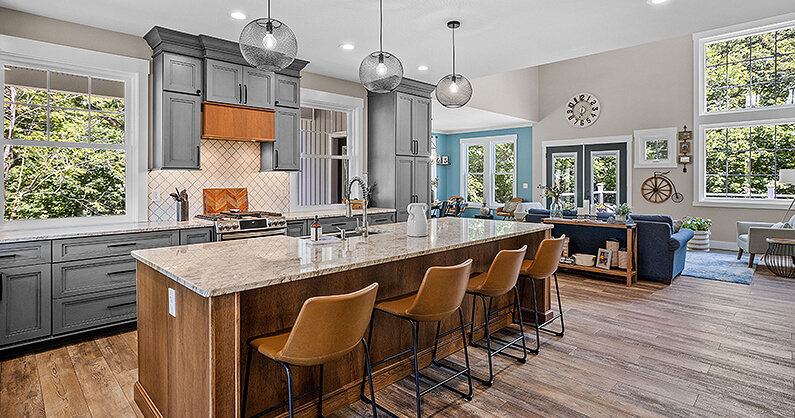
Most kitchen configurations can incorporate an island bench if you have enough space. Adding an island bench to a Wall or L-shaped kitchen is particularly popular. An island bench can operate as a cooktop, preparation area or dining space and invites an inclusive, social kitchen environment.
2. Triangulate functions
Place cooking, cooling, and cleanup stations so they create a compact work triangle that is easily maneuvered and out of the way of household traffic patterns. Optimise efficiency by placing preparation areas between the refrigerator and sink. Consider where people usually stand and move around to work i.e. the cooktop, sink, dishwasher and fridge.
The ideal space between the working areas and other benches is 1000mm to 1200mm, although 900mm will suffice in a one-cook kitchen.
3. Envision and calculate counter space
Allow at least 900mm of uninterrupted counter space per cook for food preparation. Don’t forget landing or touchdown spots for resting ingredients, in-process culinary efforts and dirty dishes. Try to include at least 300mm of open countertop on either side of ranges, cooktops and ovens; sinks should ideally have a minimum of 450mm of open on one side and 600mm on the other.
Make sure there is nice flow – if you’re chopping up vegetables then the bin should be close by and you should be close to the sink so you can wash them. When you open up the dishwasher, you don’t want to close off half of the kitchen and have to step over it.
4. Benchtop heights
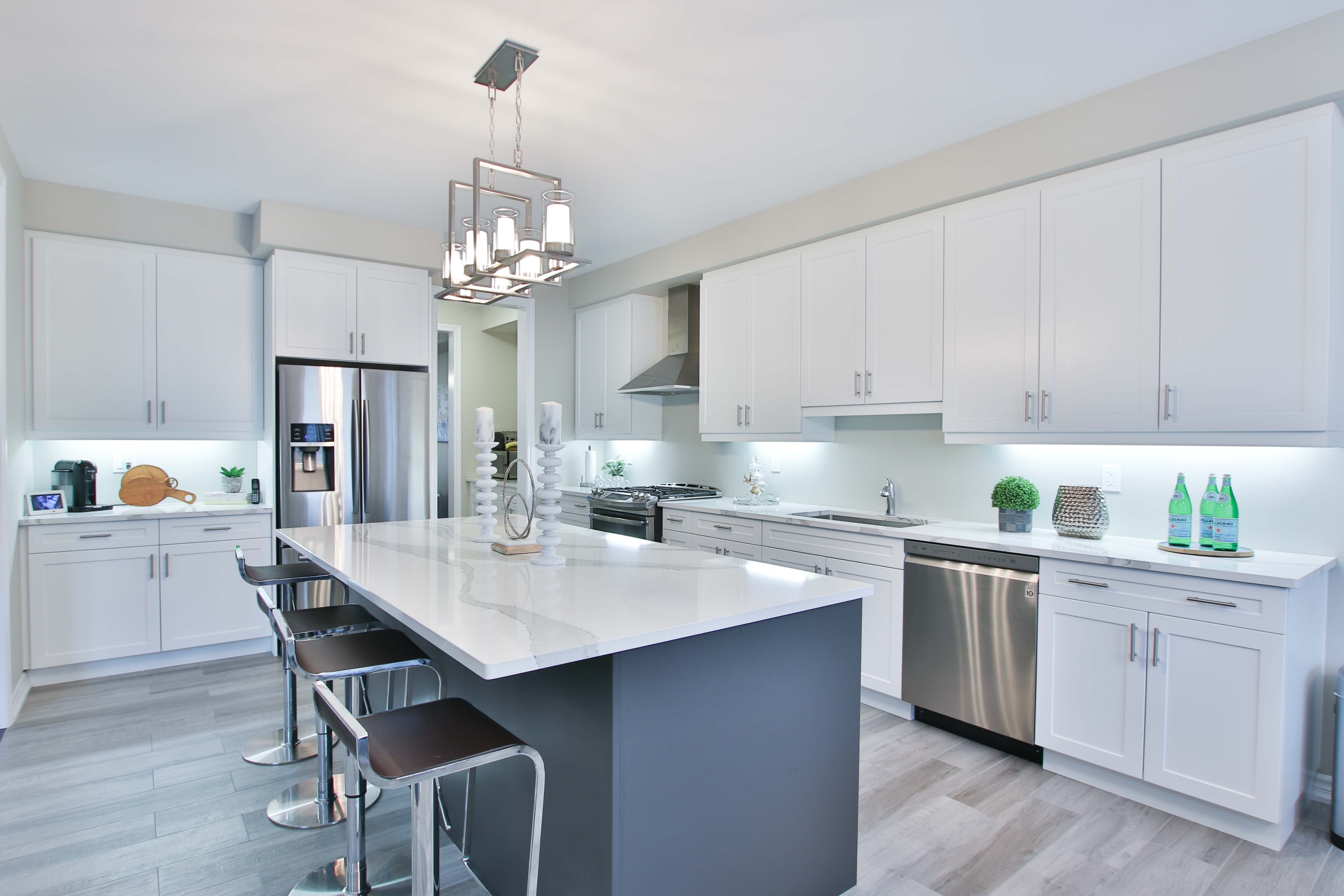
The most common height for benchtops in the kitchen is about 900mm from the finished floor level, however, bench heights of up to 950mm, and even higher, are also popular. Low benchtops are a common cause of back pain – take time to consider what height will be most comfortable for you and your family.

5. To island bench or not to island bench
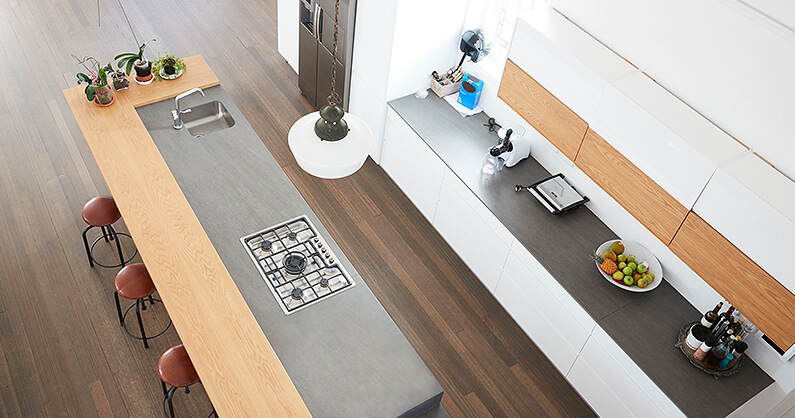
To avoid traffic jams and poor flow it is very important to ensure you have adequate room if you are considering an island bench in your kitchen. Plan for at least 900mm space between the island and fixed items – other benchtops in the kitchen, walls or pieces of furniture. This will allow enough room for people to move around the island without having to turn sideways.
More kitchen island bench ideas
6. Function & zoning
Think about the different functions the room needs to fulfil. This can help you create zones within the space. Consider the following things and create a cabinet and drawer plan that properly places the objects near where they’ll be most often used:
- Equipment storage: pots, pans, cutlery, plates, cups and glassware
- Food storage: pantry, fridge and freezer
- Preparation: prep space, prep utensils, commonly used cooking items and appliances
- Cleaning: sink, waste, recycling and cleaning products
- Cooking: stove, oven, microwave and grill.
At the end of the day building off a plan or a custom design built by your Bundaberg builder, you are the one that is going to have to live with the end result for many years to come and that is why having a Bundaberg builder with better than industry standard guarantees will help you, in the end, feel confident in your choices.
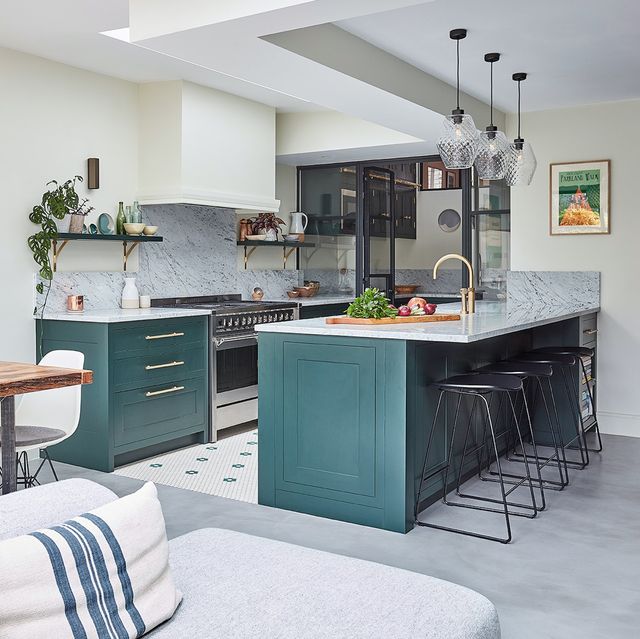
More kitchen design resources:
Design ideas from a professional builder
Say hello to CRJ

Get your free build assessment
Fill out our assessment request telling us what you're after in your new home & we'll provide you with a full home build & cost estimate.


